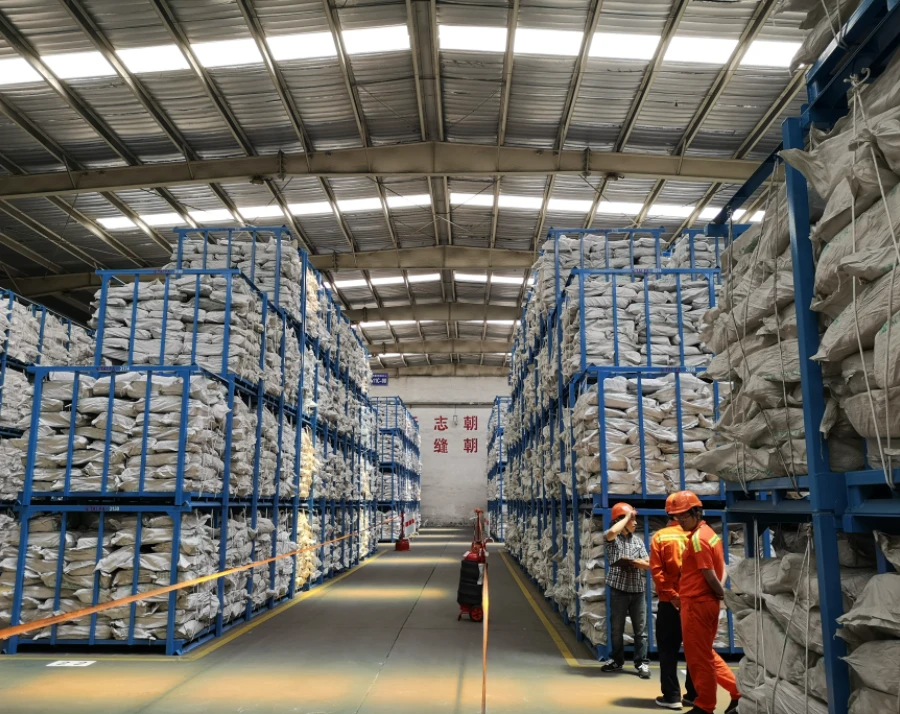



swimming pool green algae treatment
How to Treat Green Algae in Swimming Pools
Swimming pools are a great source of relaxation and enjoyment, especially during the hot summer months. However, one common nuisance that pool owners may face is the appearance of green algae. This ugly intruder can turn your clear blue water into an unsightly green mess. Fortunately, treating green algae in swimming pools is achievable with some simple steps. In this article, we will discuss the causes of algae growth and effective strategies for treatment and prevention.
Understanding Green Algae Growth
Green algae thrive in warm, sunny conditions, and they often flourish when there is an imbalance in the pool’s chemistry. Factors contributing to algae growth include inadequate sanitization, poor circulation, high temperatures, and the presence of organic materials such as leaves and dirt. When chlorine levels drop below the recommended range, algae can multiply rapidly, spreading quickly throughout the pool.
Signs of Algae Infestation
The first sign of an algae problem is typically the greenish tinge to the water. You may notice a slimy layer forming on the walls and floor of the pool. Algae can also cause cloudy water and may result in slippery surfaces, making the pool unsafe. If left untreated, the problem will escalate, and more extensive measures will be required.
Steps to Treat Green Algae
1. Test and Balance the Water Begin by testing the pool water using a reliable test kit. Check the pH level, chlorine level, and alkalinity. The ideal pH level should be between 7.2 and 7.8. Adjust the pH as necessary, and ensure the chlorine levels are between 1 to 3 parts per million (ppm).
swimming pool green algae treatment

2. Shock the Pool After balancing the chemicals, it’s time to shock the pool. This involves adding a high dose of chlorine to the water to eliminate algae and bacteria. Use a pool shock product that contains dichlor or calcium hypochlorite. Follow the instructions carefully and allow the pump to run for several hours to help distribute the chlorine evenly.
3. Brush the Walls and Floor While the water is circulating, use a pool brush to scrub the walls and floor where algae have formed. Be thorough, as this physical action helps dislodge algae, making it easier for the chlorine to kill it.
4. Vacuum the Pool After brushing, vacuum the pool to remove any dead algae and debris. It’s best to use a manual vacuum for better control and efficiency.
5. Run the Filter Allow the filter to run continuously for at least 24 hours. This will help remove any remaining algae particles and ensure that the water is clear.
6. Add Algaecide For severe infestations, consider adding an algaecide that targets green algae. Always follow the manufacturer’s instructions for proper dosage and application.
Prevention Tips
To prevent algae growth in the future, maintain proper water chemistry, keep the pool clean by regularly skimming debris, and vacuuming, and ensure that the filtration system is working effectively. Regularly inspect and maintain pool equipment to ensure optimal water circulation.
In conclusion, dealing with green algae in swimming pools may seem daunting, but with the right approach and proactive measures, you can restore your pool to its sparkling best. By maintaining balanced water chemistry and consistent cleaning habits, you can enjoy a refreshing swimming experience all season long.
-
Why Sodium Persulfate Is Everywhere NowNewsJul.07,2025
-
Why Polyacrylamide Is in High DemandNewsJul.07,2025
-
Understanding Paint Chemicals and Their ApplicationsNewsJul.07,2025
-
Smart Use Of Mining ChemicalsNewsJul.07,2025
-
Practical Uses of Potassium MonopersulfateNewsJul.07,2025
-
Agrochemicals In Real FarmingNewsJul.07,2025
-
Sodium Chlorite Hot UsesNewsJul.01,2025










